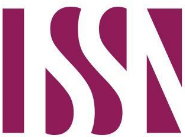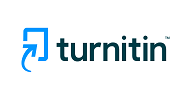دراسة اقتصادية للفجوة الغذائية للحوم الحمراء في الوطن العربي خلال الفترة (1990-2018)
Keywords:
الأمن الغذائي, اللحوم الحمراء, الاكتفاء الذاتي, الفجوة الغذائية, الناتج المحلي الزراعيAbstract
This study aims to identify the nutritional gap of red meat in the Arab world by studying some economic indicators for red meat production in the Arab world and estimating its general trends during the study period (1990 - 2018), where the animal production sector is one of the important economic sectors in many countries for its contribution to the gross domestic product. In providing job opportunities and decent livelihoods for an important sector of the rural population and other people working in the manufacturing, marketing and service activities related to this sector, as well as it contributes to providing the raw materials needed in many industries and the export returns it achieves that support financial resources from foreign currencies that enhance Paths of economic and social development in those countries. The production of red meat in the Arab region was estimated at about (4.98) million tons in 2018, which represented about (5.73%) of the global production estimated at (86.89) million tons, and this production is not commensurate with the numbers of the Arab herd of livestock, which was estimated at about ( 348.31) million head in 2018, i.e. a percentage of about (8.72%) of the total livestock wealth in the world, amounting to about (3993.69) million head. The results that could be obtained from the double logarithm function showed that the independent variables, the value of imports, the multiplicity of the population, the number of livestock and the gross national product, are in agreement with the economic logic in terms of reference during the study period (1990-2018), and are statistically acceptable based on the values of (t), and there is an inverse relationship between the value of imports and the size of the red meat gap. The lower the value of imports, the greater the size of the apparent gap, as well as for the numbers of livestock. As for the number of population and the gross national product, there is a direct relationship between them and the size of the red meat gap. The study recommended to focus on sustainable agricultural development, as it is the pillar The basic principles for achieving food security to activate inter-Arab trade in the field of animal products instead of importing from outside the Arab region, and activating Arab agricultural integration to raise the efficiency of the exploitation of agricultural resources, as well as encouraging exports of red meat and live animals to Arab countries to reduce pastoral load rates on their lands and increase local production of them Develop policies that rationalize consumption of red meat, throughawareness programs in and around the world Various media.













